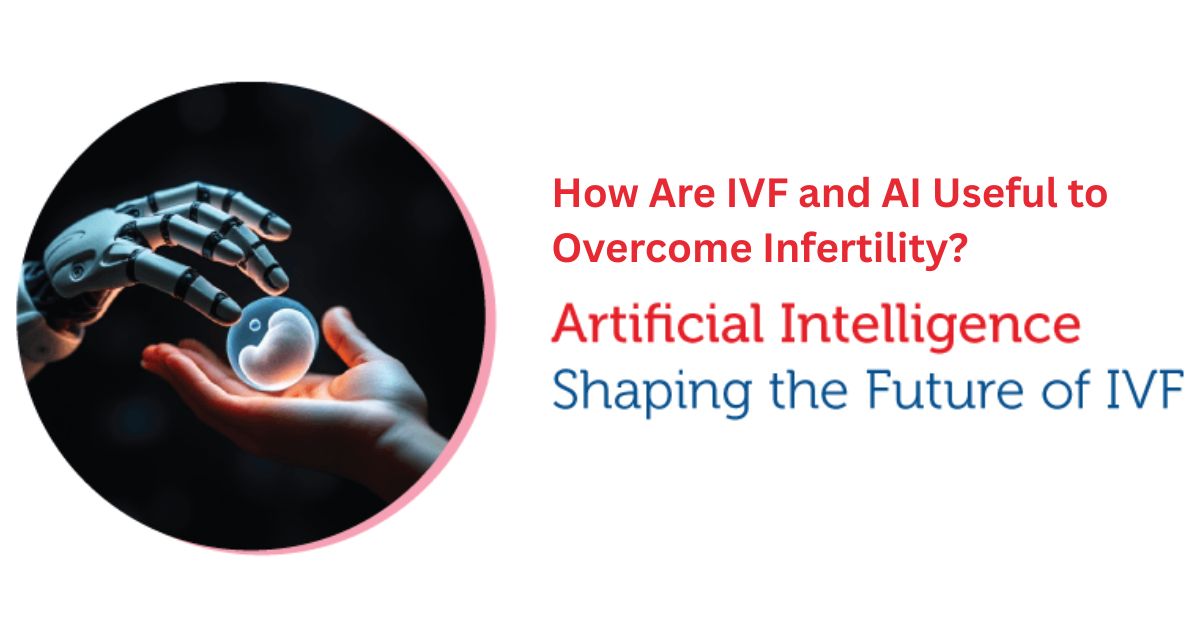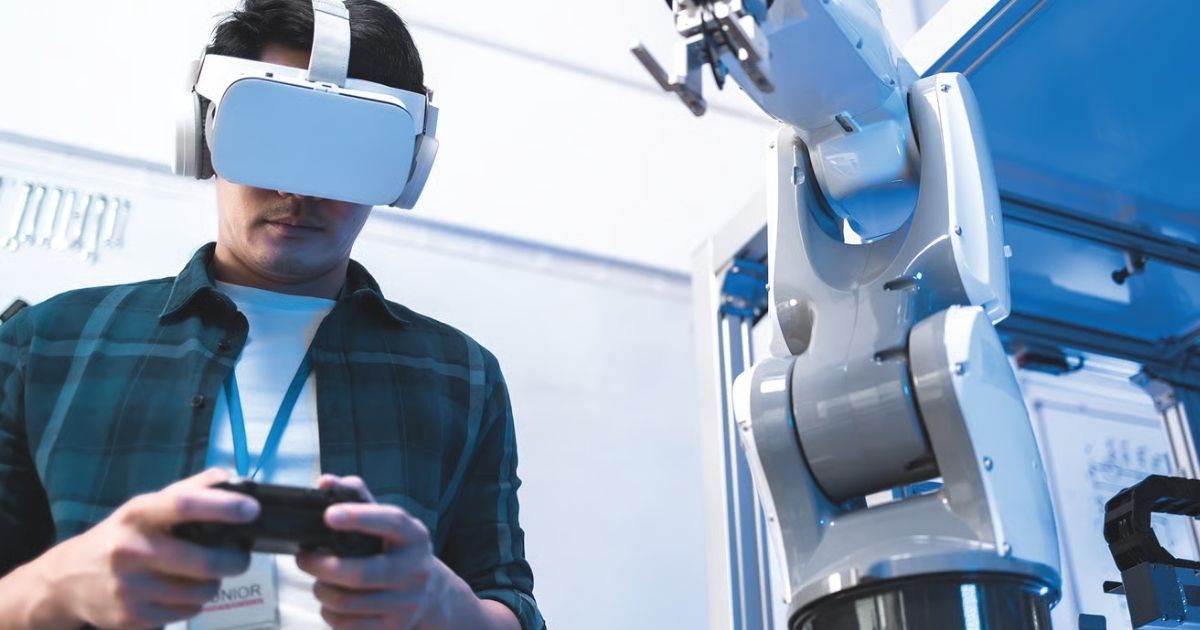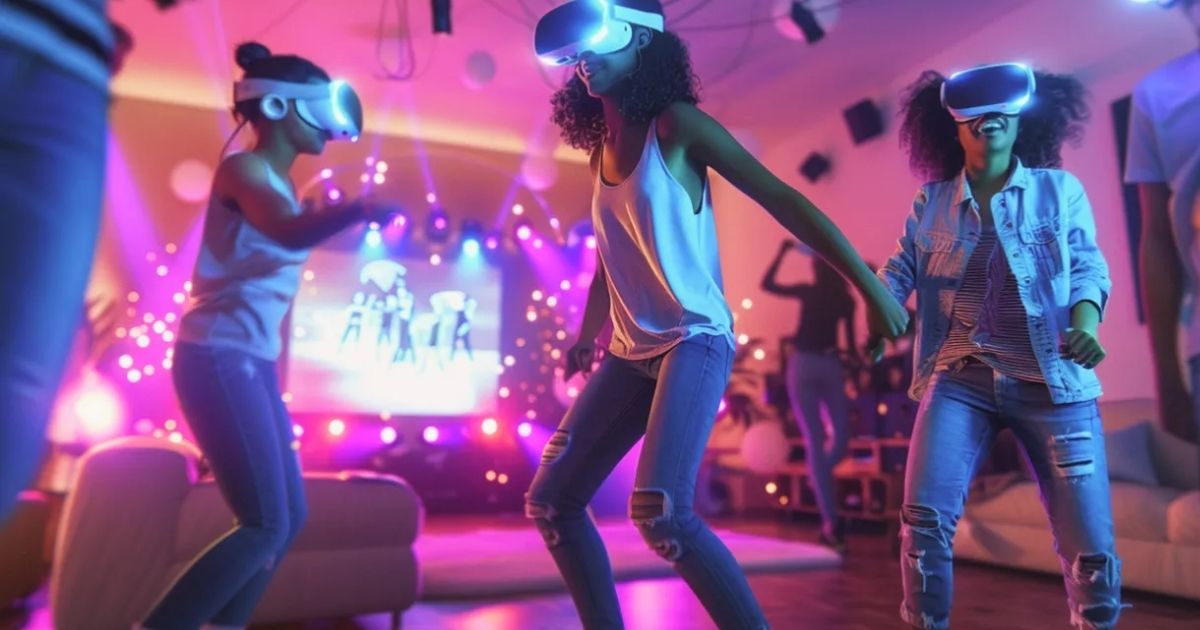The rapid advancement of generative AI technology has revolutionized the creative industries, from text generation to visual content creation. Among the most competitive areas is generative video, where AI models can create or edit videos from text prompts or existing footage.
OpenAI's CLIP and the yet-to-be-released Sora models have garnered significant attention for their ability to generate high-quality videos from simple text inputs. However, a new player, Kling AI, has emerged on the scene, aiming to challenge OpenAI's dominance in this space. Founded in 2021, Kling AI claims its model, Kling, can outperform Sora in terms of video resolution, duration, and temporal coherence. This blog will explore whether Kling AI has what it takes to succeed in this highly competitive landscape.
Kling AI: The New Challenger
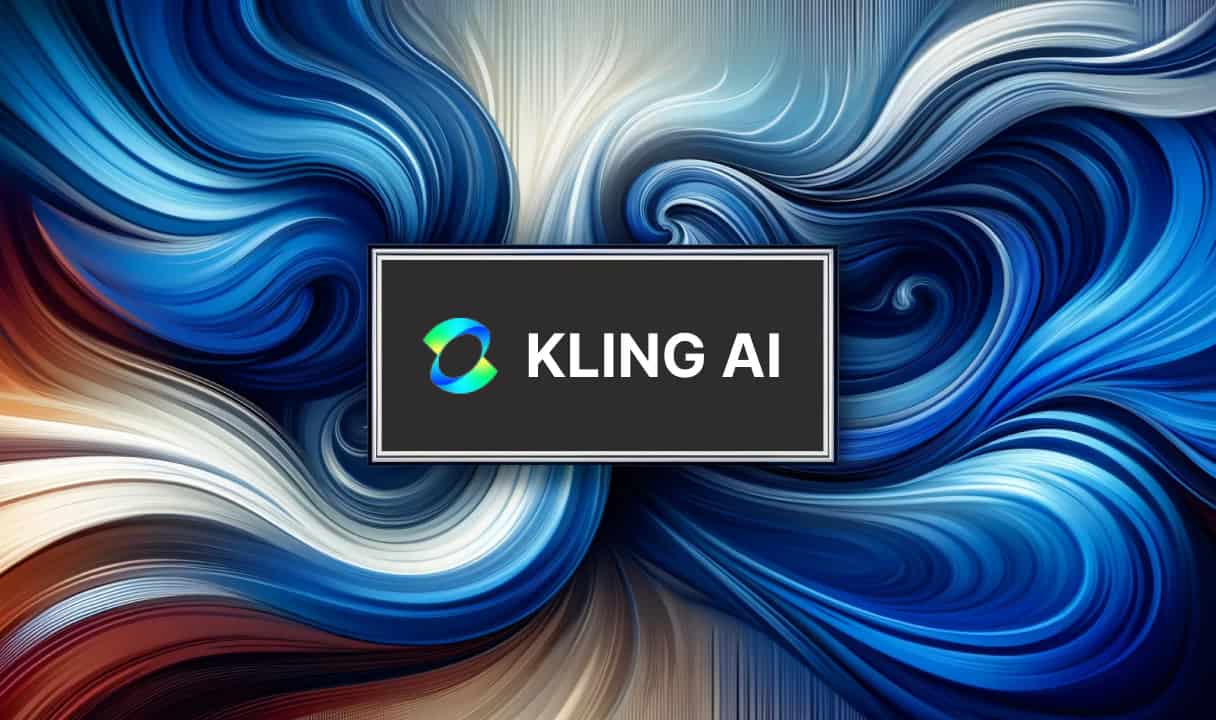
Kling AI, a startup founded in 2021, has set its sights on becoming a major player in the generative video AI space. Unlike many AI models that focus on image generation, Kling is designed specifically for video-related tasks, including video-to-video transformation, text-to-video generation, and editing existing video content. The company's founder has emphasized the unique challenges of video generation, noting that it requires not only an understanding of visual semantics but also the ability to maintain temporal coherence over time—a dimension absent in still image generation.
Kling's development has focused on these challenges, aiming to create an AI that excels in generating long-form, high-resolution videos. According to the company's claims, Kling can produce videos at 1080p resolution and support longer durations than OpenAI's Sora, which is currently limited to 720p resolution and videos of less than 30 seconds. These claims, if true, position Kling as a strong competitor in the race for generative video AI supremacy.
The Competitive Landscape: OpenAI's Sora
OpenAI, a leader in the AI industry, has set the standard for generative models with its CLIP model, known for its ability to generate impressive visuals from text prompts. Sora, OpenAI's upcoming model, is expected to build on CLIP's success by enabling high-quality video generation. However, despite the anticipation, OpenAI has yet to release Sora for general use, creating a window of opportunity for competitors like Kling AI to make their mark.

Sora's capabilities are still largely speculative, but reports suggest that it will be able to generate videos with remarkable detail and creativity. However, the current limitation to 720p resolution and short video durations suggests there may be room for improvement—a gap that Kling AI is eager to fill.
Kling's Unique Value Proposition
Kling AI’s primary value proposition lies in its ability to generate higher resolution and longer videos compared to what has been demonstrated by Sora. This focus on quality and duration is crucial in the context of video generation, where higher resolutions and extended timeframes are often necessary for professional and commercial applications. Kling's claim of producing 1080p videos that maintain temporal coherence could be a game-changer, particularly if the model can do so consistently across a wide range of prompts and video types.
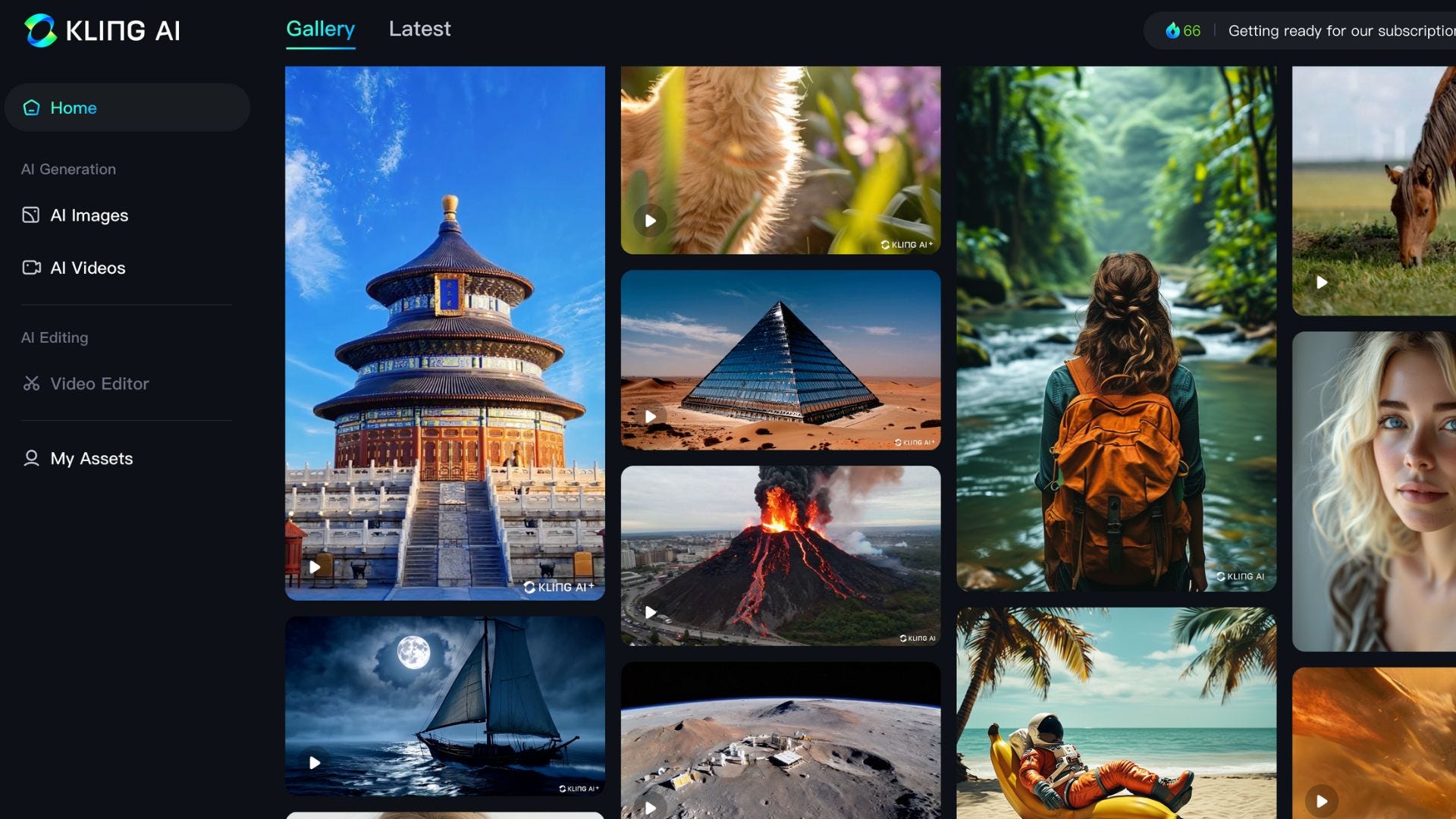
Additionally, Kling AI has been proactive in demonstrating its model's capabilities. The company has shared several example videos on social media platforms like Twitter, showcasing the quality of its video generation from text prompts. While these videos have garnered attention and appear to be on par with what has been shown from CLIP and Sora, the ultimate test will be whether Kling can consistently deliver this quality across diverse use cases and at scale.
The Challenges Ahead

While Kling AI’s claims are impressive, several challenges remain before it can truly compete with OpenAI's Sora. First and foremost is the issue of reliability. Generating high-quality videos consistently is a significant technical challenge, and any model that fails to do so will struggle to gain traction in a competitive market. Kling AI will need to demonstrate not only that its model can produce impressive results in controlled demonstrations but that it can also perform reliably across a broad range of real-world scenarios.
Another potential challenge is safety and ethical considerations. As AI models become more powerful, concerns about misuse and unintended consequences increase. OpenAI has been at the forefront of addressing these issues, and Kling AI will need to follow suit to ensure that its technology is used responsibly. This includes implementing safeguards against the creation of harmful or misleading content and ensuring that the AI's outputs are aligned with ethical standards.
Finally, Kling AI faces the challenge of market perception. OpenAI has a strong reputation and brand recognition in the AI community, which gives it a significant advantage. Kling AI, as a newcomer, will need to work hard to build trust and credibility among potential users. This could involve not only delivering on its technical promises but also engaging with the AI community and demonstrating a commitment to transparency and ethical practices.
Check out the alternative option here >>>> Zeemo <<<<
The Bottom Lines
Kling AI has positioned itself as a formidable challenger in the generative video AI space, with bold claims of superior resolution and video duration compared to OpenAI's Sora. While the company has made an impressive start by showcasing the capabilities of its model, the road ahead is fraught with challenges.
Success will depend on Kling AI's ability to deliver consistent, high-quality results, address ethical concerns, and build a strong reputation in the AI community. Whether Kling AI can truly compete with OpenAI's Sora remains to be seen, but it certainly presents an intriguing alternative in the rapidly evolving field of generative video AI.







.jpg)

